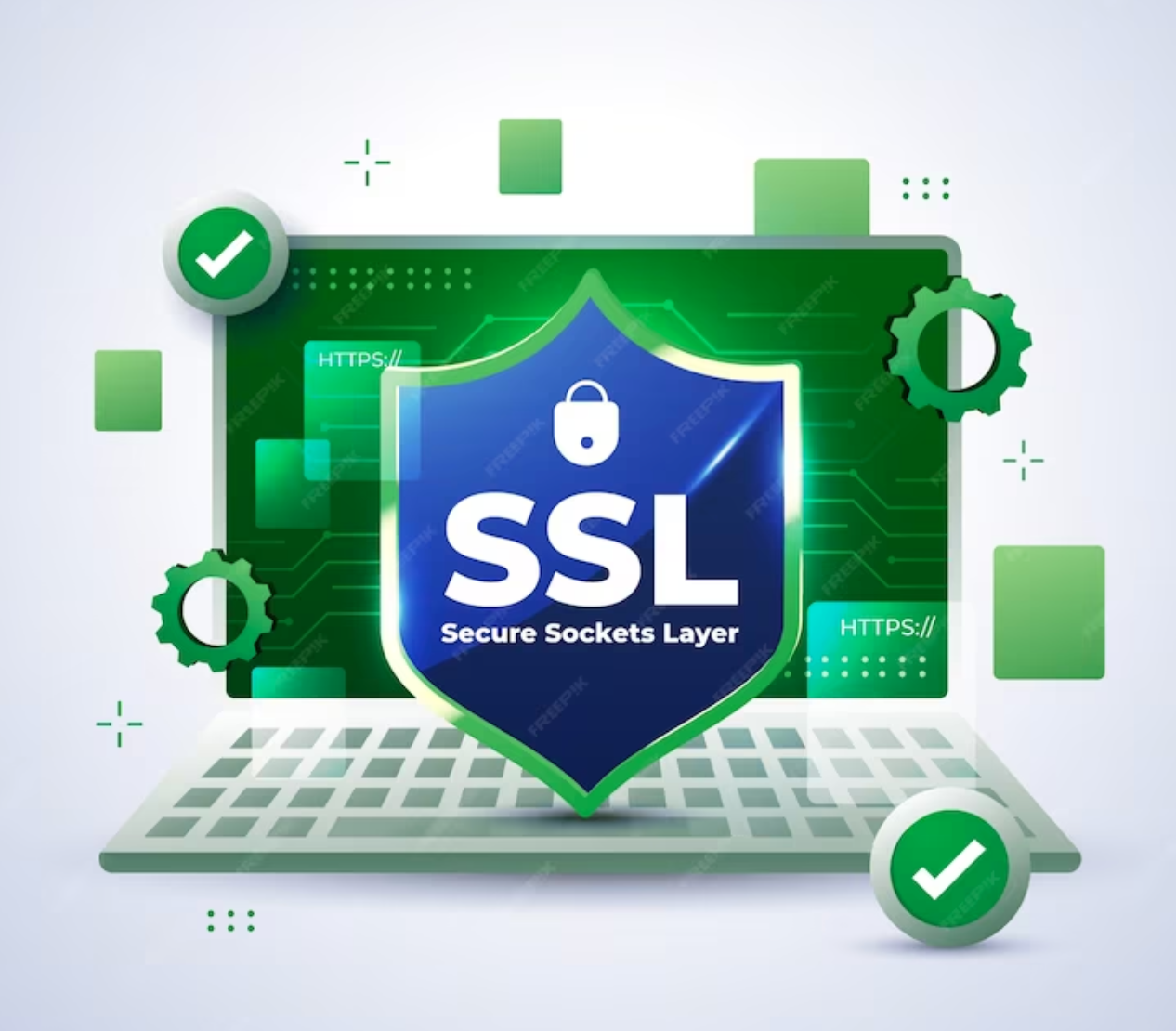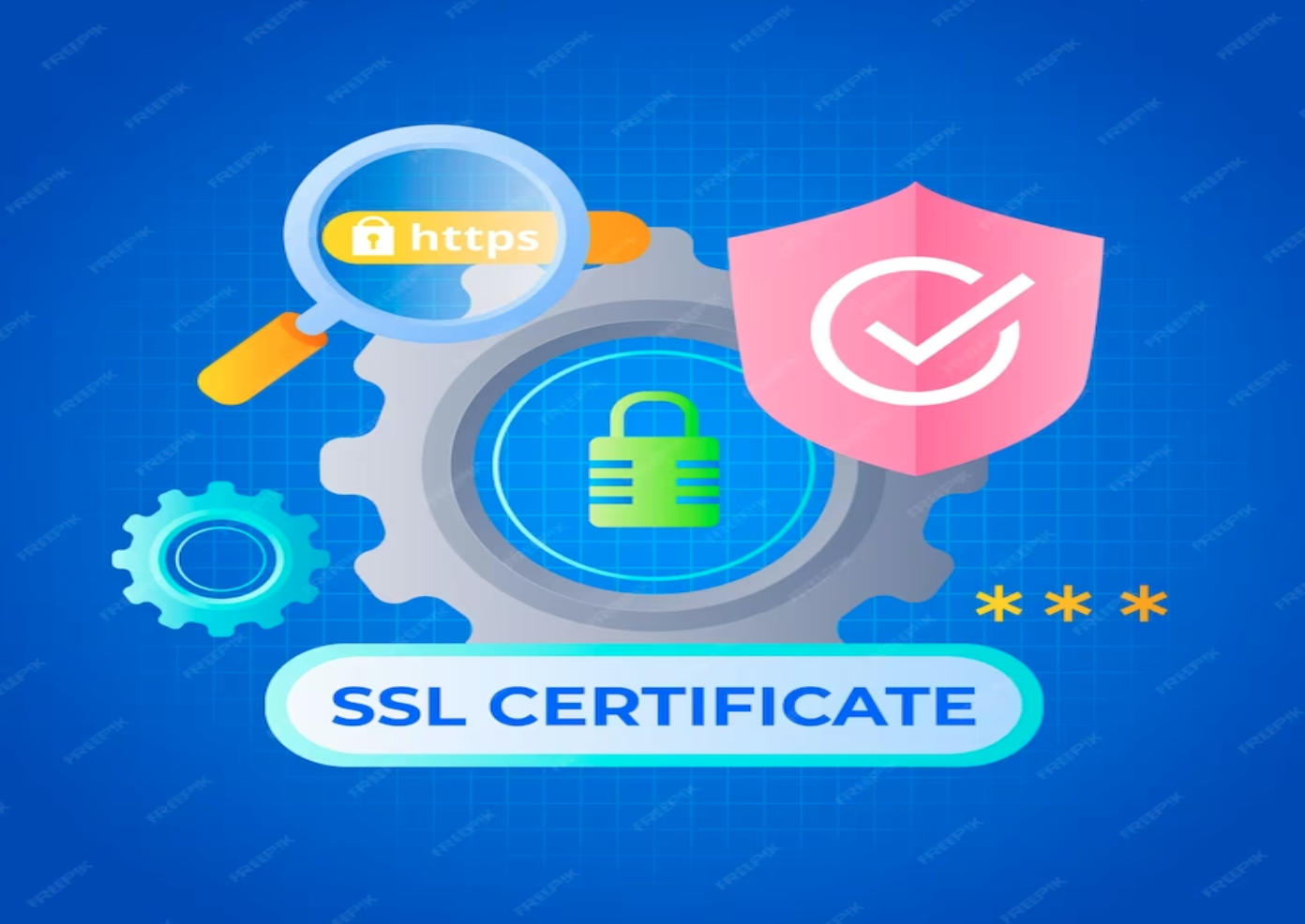Organizations can significantly increase efficiency and guarantee a solid basis for a secure digital environment by automating crucial operations, reducing human error, and implementing security best practices.
Are security risks and operational inefficiencies coming from your company’s failure to keep SSL certificates up to date? In today’s digital world, security is essential.
Enterprises need Secure Sockets Layer (SSL) certificates in order to ensure data integrity and encrypt communication. It might be challenging and time-consuming to monitor the growth of SSL certificates across several servers and applications. Here, Enterprise SSL Certificate Management (ESCM) is useful.
You can change how you handle SSL certificates with these five tips, which vary from centralized certificate management systems to automated lifecycle management solutions. They can boost your operational effectiveness and strengthen cybersecurity. Check them out!
Enterprise SSL Certificate Management: What is it?
Enterprise SSL Certificate Management (ESCM) describes procedures and instruments to streamline and automate an organization’s SSL certificate lifecycle management. This covers duties such as:
- Provisioning: Certifying and setting up different servers and gadgets with certificates.
- Renewal: automating the procedure and keeping track of certificate expiration dates.
- Inventory management by keeping track of all issued certificates in one place.
- Revocation: To stop security breaches, quickly revoke hacked certificates.
Inefficiencies and complexities related to manual certificate management have called for embracing enterprise SSL certificate management. This is because, in the past, manually maintaining SSL certificates was laborious and prone to mistakes. This is in turn:
- Increases complexity: As companies grow, there is an increasing number of servers, apps, and certifications needed. The difficulty of manually tracking and managing every certificate increases.
- Risks certificate expiration: Applications and websites that neglect to renew their certificates may be subject to security lapses.
- Encourages human error: Manual operations can occur when things go wrong, including forgetting to renew certificates or installing them wrongly.
- Causes time wastage: Handling certificates by hand takes necessary IT resources away from other essential duties.
Now that you understand the existential purpose of streamlining enterprise SSL certificate management, here are five strategies to help you actualize this.
Strategies For Streamlining Enterprise SSL Certificate
1. Create a Centralized Certificate Management Platform
A centralized certificate management platform is one of the best solutions to simplify company SSL certificate management. A centralized certificate management platform acts as your organization-wide single point of storage, tracking, and management for all SSL certificates.
This means your IT administrators can effortlessly monitor certificate expirations, renewals, and deployments. The result is a surety that all certificates are current and adhere to security guidelines. Enterprise-wide SSL certificate management can thus be made simpler, more visible, and more efficient for enterprises by combining all certificate management responsibilities onto a single platform.
2. Automate Lifecycle Management for Your Certificates
In big company setups with several certificates to manage, manual certificate management procedures can be laborious and prone to mistakes. Businesses should, therefore, use automation to reduce manual intervention. Automation also means optimizing certificate lifecycle management to maximise SSL certificate administration.
Automated technologies can handle tasks like certificate issues, renewal, and revocation. Automating such critical processes eliminates the need for manual involvement and lowers the possibility of human error.
As a result, businesses can save time, cut expenses associated with running their operations, and guarantee consistent adherence to industry rules and security policies.
3. Establish and Update Your Certificate Inventory
Maintaining an accurate inventory of certificates is problematic in many organizational setups since SSL certificates are dispersed throughout multiple servers, apps, and devices. However, businesses should regularly perform certificate discovery scans to find all SSL certificates in their network architecture. This will simplify certificate management.
And inventory management shouldn’t be hectic. For example, your IT administrators can generate a thorough inventory of certificates. Such inventories contain complete information on issuance and expiration dates and related domains and applications.

And by obtaining insight into the certificate landscape, these gurus can update the inventories. This inventory is an invaluable tool for monitoring certificates, spotting possible security threats, and guaranteeing policy compliance.
4. Control Access
Effective access control is necessary to guarantee the security and integrity of SSL certificates in any business environment. By creating granular access rights based on user roles and responsibilities, role-based access control (RBAC) techniques can assist in simplifying certificate management.
Businesses can ensure that only authorized persons can access certificate management processes, such as certificate issuance, renewal, and revocation, by implementing RBAC. This helps prevent unauthorized changes to SSL certificates and enhances overall security and control in certificate management operations.
5. Do Constant Monitoring
To maintain a strong security posture, SSL certificate administration is a continuous process. It calls for ongoing monitoring and compliance reporting. So, companies should set up procedures and tools for real-time SSL certificate monitoring.
These procedures should include checking for vulnerabilities, certificate expirations, and compliance with industry standards.
Furthermore, companies should consistently produce compliance reports to show that they are following security guidelines and legal specifications. These reports help pinpoint areas where certificate management procedures need improvement and offer insightful information on SSL certificates’ compliance and overall health.
Final Words
A robust ESCM solution enables businesses to manage their SSL certificate portfolio efficiently. Organizations can significantly increase efficiency and guarantee a solid basis for a secure digital environment by automating crucial operations, reducing human error, and implementing security best practices.
Additionally, businesses can reduce security risks, optimize operational efficiency, and expedite enterprise SSL certificate administration procedures by implementing the above-mentioned ideas.


Join the conversation!